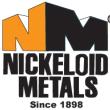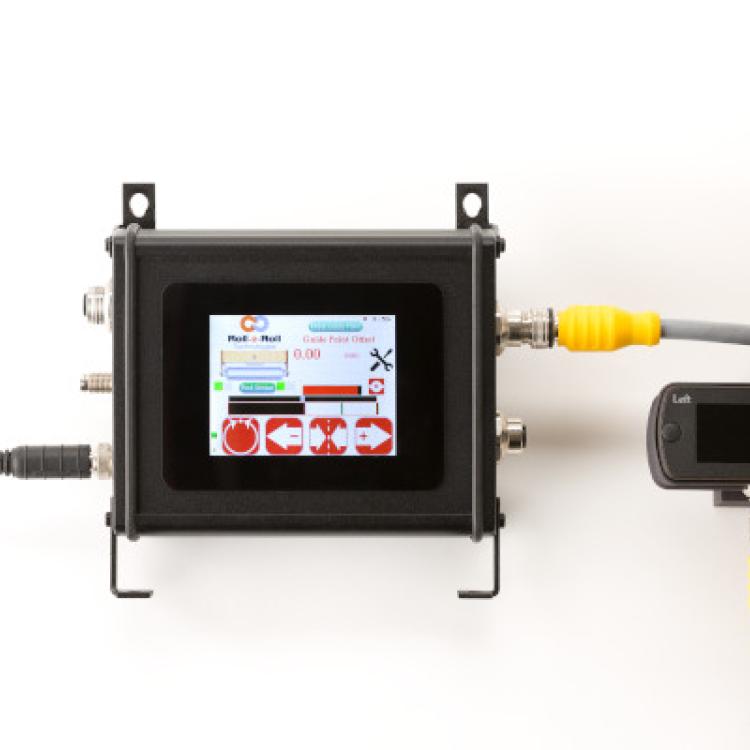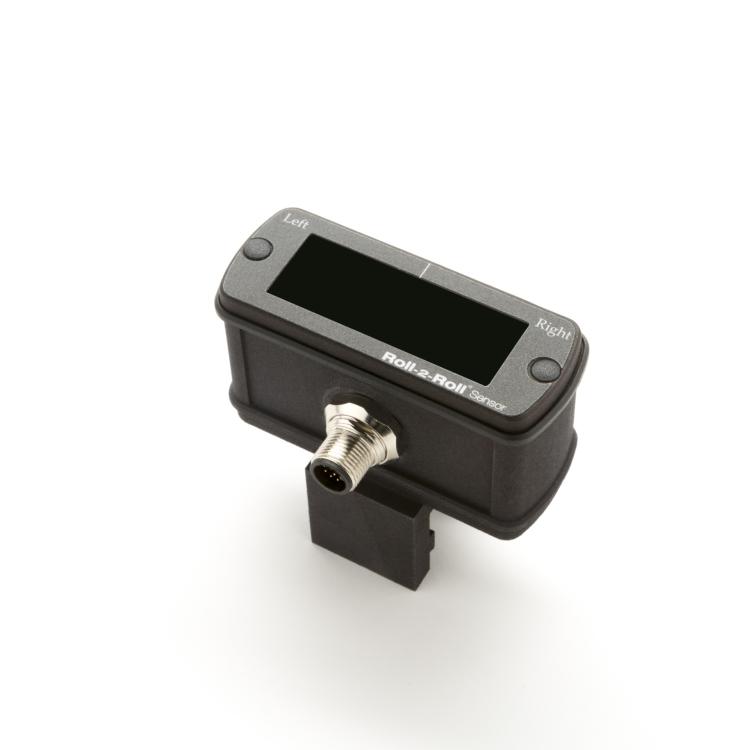Imagine that you have a converting line using a discontinued web guiding system that is failing. The original manufacturer does no longer exist as they were bought by a major competitor, and those web guides are no longer serviced by the new company. Your option seems to be getting a completely new web guiding system. However, you find out that there is a solution where a new technology will allow you to upgrade your existing web guide with an edge guiding sensor that allows you to work with any type of material without having to calibrate the sensor.
Using our edge guiding sensor to upgrade an old web guide
This was the situation that our customer was facing. They wanted to see the possibility of using our edge guiding sensor with the controller of the old web guide system. Furthermore, their system uses a hydraulic actuator. After seeing our video on YouTube they liked the capability of the sensor to "see" clear, porous, and non-porous webs.
Their conversion process involves laminating a web onto metals. After several email exchanges the customer selected a WPS 48 IR sensor. Even though the application involved handling different web widths, the edge to guide from would always be in the same location. This would only require a smaller sensor, since there would be no need for sensor repositioning when changing widths.
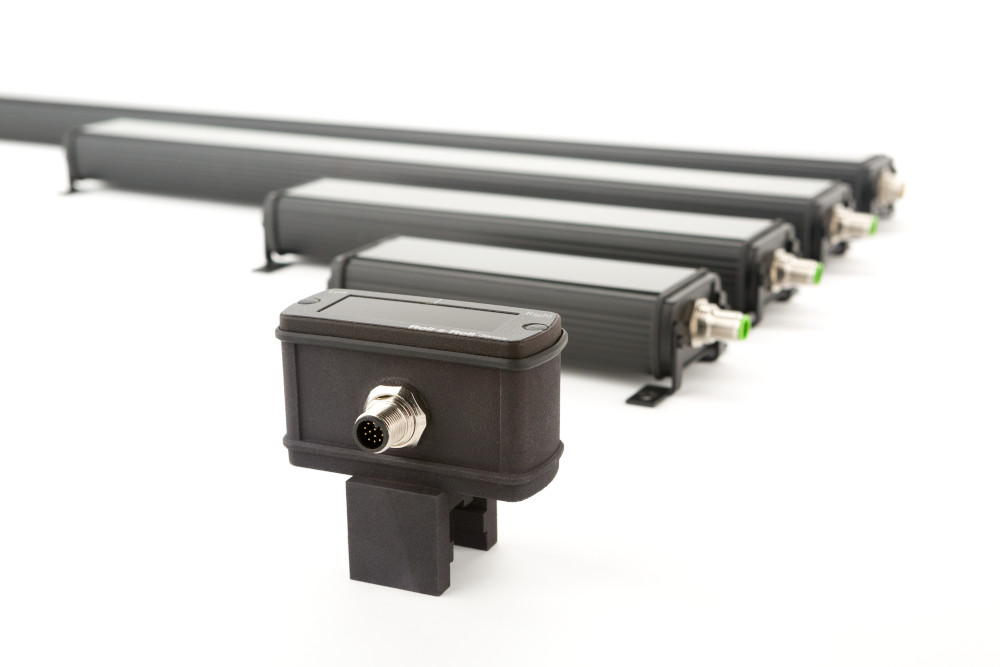
If the application had been a single edge guiding application with the web centered on the machine center line, then a larger range sensor, such as the WPS 221, would be necessary to eliminate sensor repositioning.
Additionally, the customer upgraded the controller system to the SCU5 C(E)D with Ethernet connectivity for communication with the line controls.
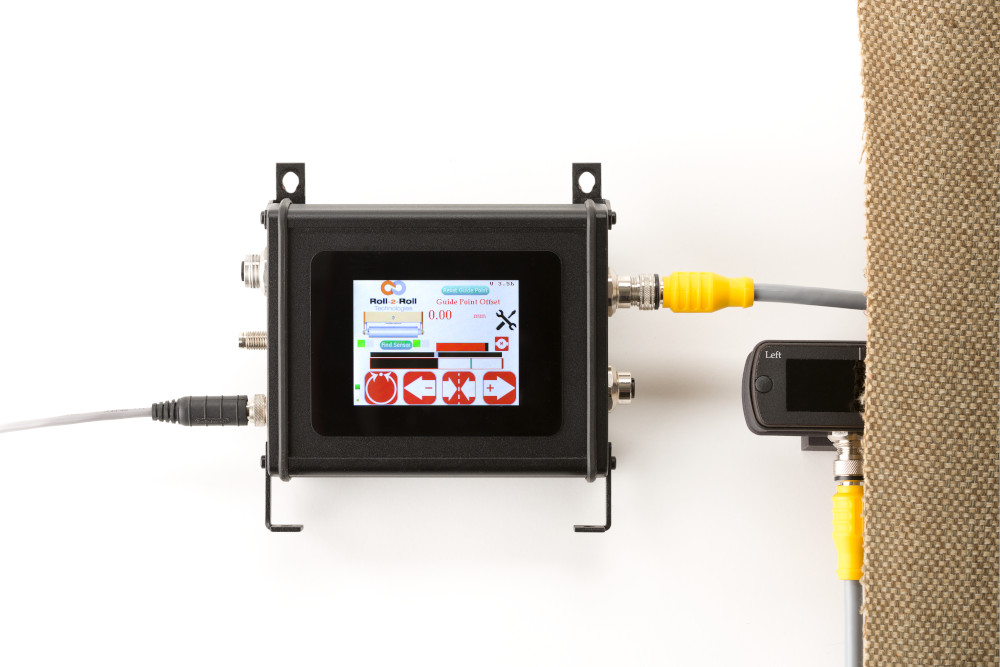
The upgrade has been working well for the customer and best of all, our customer is satisfied with the service provided throughout the entire process.
I am happy with all contact with Roll-2-Roll Technologies' team-mates. We will gladly continue to utilize Roll-2-Roll Technologies for anything regarding this project and perhaps future projects as appropriate.
Our previous clear-film sensors were ‘small’ ‘C’- shaped sensors. They were impractical because we couldn’t keep the film edge within the ‘C’. They also were difficult to set-up and resulting sensitivity was so-so. A lot of Google searching found another ‘C’-style sensor, a couple manufacturer's of cylindrical sensors and Roll-2-Roll Technologies. The cylindrical sensors did not pan-out.
Roll-2-Roll Technologies from the start was quite communicative and there was much e-mailing back and forth resulting in a ‘trial’ unit which was promising enough to get a spare. The sensor was finally located to a spot with a constant pass-line and after some film-to-sensor distance adjustment, the film guided very nicely.
Further communication with Roll-2-Roll Technologies regarding spacing observations resulted in better understanding of spacing parameters. Roll-2-Roll Technologies was helpful every time we had any questions. I am happy with all contact with Roll-2-Roll Technologies' teammates. We will gladly continue to utilize Roll-2-Roll Technologies for anything regarding this project and perhaps future projects as appropriate.
